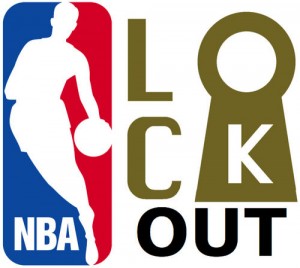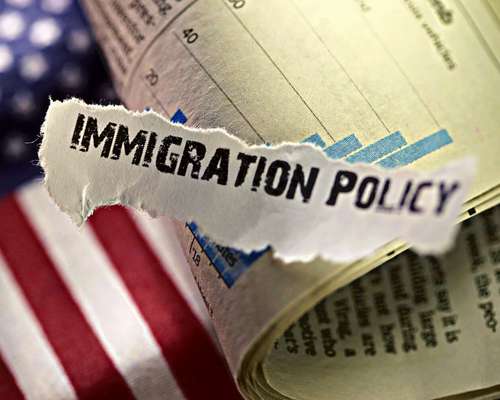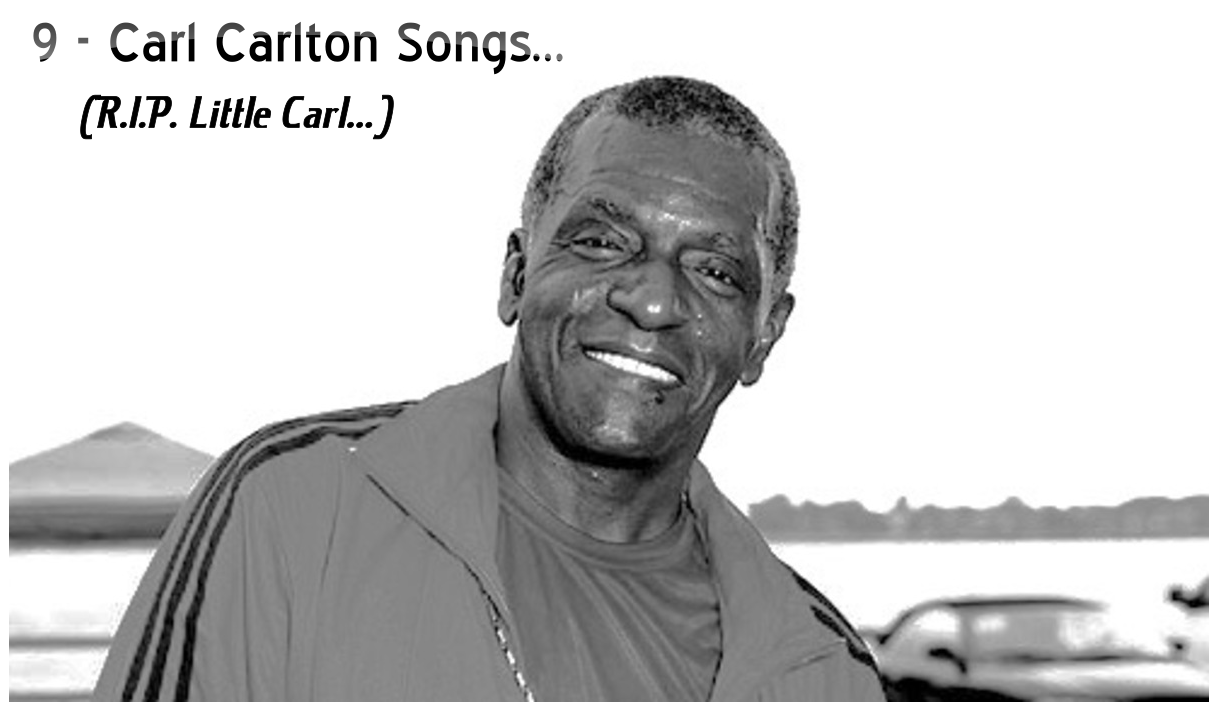(ThyBlackMan.com) With the NBA lockout reaching a new low (or a return low) with David Stern’s announcement of the cancellation of the first two weeks, the class of pundits have taken to the airwaves to lament the developments, to asses blame, and offer suggestions of where to go from here. Not surprisingly, much of the commentaries have blamed players for poor tactical decisions, for wasting any potential they may have had over the summer, and for otherwise being too passive. Take Harvey Araton, from The New York Times, who while arguing that the players will need to take risks in order to secure leverage, speculates about a potential missed opportunity:
If it sounds unrealistic to suggest that the modern player might have considered striking first — or at least threatening one before last spring’s playoffs — that is only because the tactic has become virtually anathema, which is a mighty curious weapon for a union to concede.While on the phone, Fleisher looked up the language in the expired collective bargaining agreement on Pages 264-265 that prohibited players from impeding N.B.A. operations. But supposing the players had gone ahead and walked out on the eve of the playoffs after they’d all been paid their regular-season hauls?Fleisher guessed they would have opened themselves and their individual contracts up to a court action. Or maybe the owners — petrified at the thought of their profit season being flushed — might have agreed to a no-lockout pledge for the start of this season. Who knows? But sometimes risk begets reward.
 world. The realities on the ground precluded such steps (see here for my past discussion). If the efforts to blame players, to demonize them as greedy, selfish, and out-of-touch during a LOCKOUT is any indication how the public might have reacted to a player strike, especially one starting at the playoffs, the strategy suggested here is pure silliness.
world. The realities on the ground precluded such steps (see here for my past discussion). If the efforts to blame players, to demonize them as greedy, selfish, and out-of-touch during a LOCKOUT is any indication how the public might have reacted to a player strike, especially one starting at the playoffs, the strategy suggested here is pure silliness. Blaming locked-out players in a work stoppage? Sounds like a plan, just one that defies logic.A player strike didn’t cause a partial cancellation of the schedule. Commissioner Bully made the call, doing the bidding of an ownership whose strategy is to watch players squirm when they start missing checks and wait for the inevitable wave of public resentment to crash down on their heads.After David Stern’s announcement, LeBron James tweeted an apology to fans for the lost games. Steve Nash aimed his regrets at those hurt most by the cancellation, saying “sorry to all the employees in and around NBA arenas losing work.” The owners are betting you’ll read over that and do what fans always do in these situations. Scoff and say, “Sorry? Sure they are. I’d play for a quarter of what those guys make

















Leave a Reply